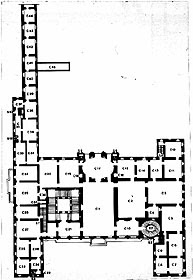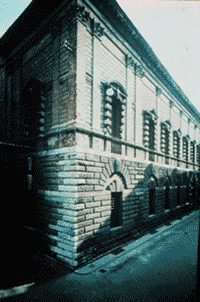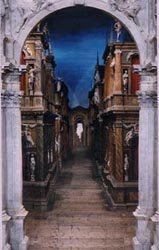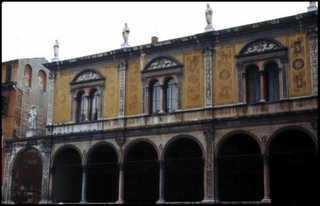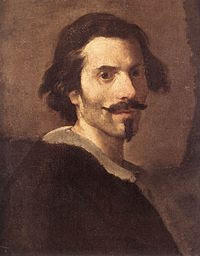
Giovanni Lorenzo Bernini was born in 1598 in Naples and lived through 1680. When he was young he moved with his father, a sculptor, to Rome where he stayed for the rest of his life. He was one of the most important Baroque sculptors of 17th century Rome. Not only was he successful in his sculpture, but he went on to combine that with his success as an architect. He worked with three Popes: Urban VIII Barberini (1623-1644), Innocent X Pamphili (1644-1655), and Alexander VII Chigi (1655-1667). He was knighted at age 23 and he became the Architetto della fabbrica at 31 (1629). He was a master in the era of Counter Reformation Baroque, where the art is meant to communicate religious themes and involve the viewer.










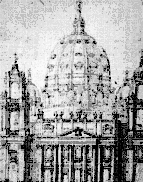
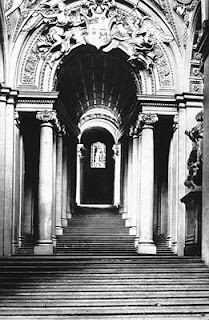



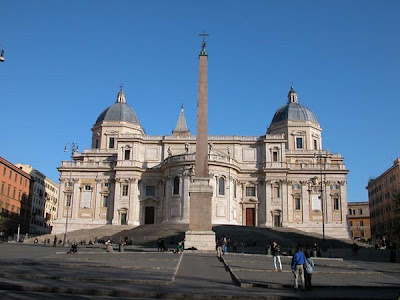

_-_facade.jpg)



